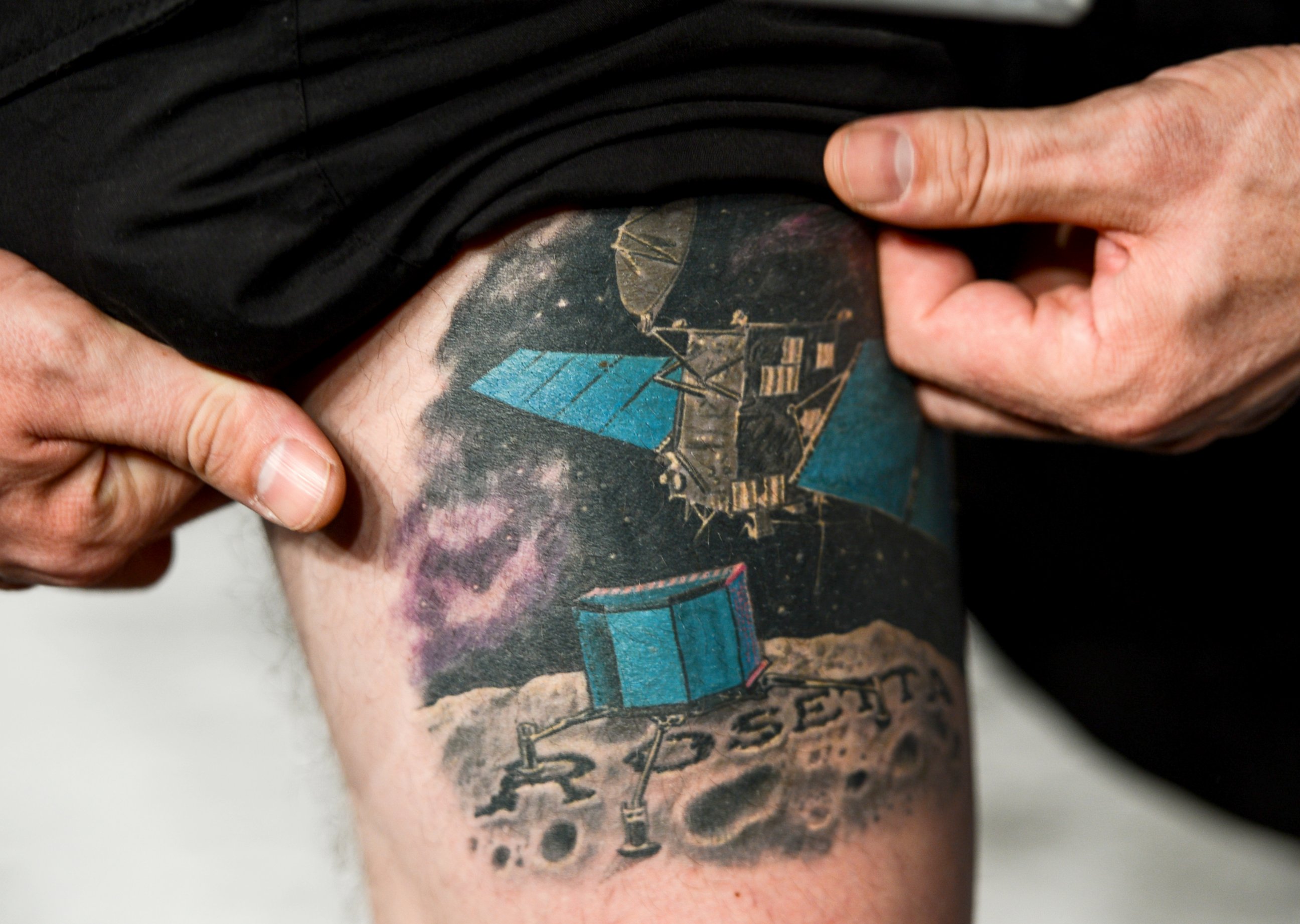Comet Landing: Signal Reestablished With Philae Lander
After a bumpy landing, mission control pinpoints location.
— -- Mission control reestablished contact with the Philae lander today after several tense hours in which the European Space Agency had tried to pinpoint its exact location.
Despite locating the lander -- which had three touchdowns before coming to rest on 67P/Churyumov-Gerasimenko on Wednesday after a 10-year, 4 billion-mile journey -- the battery issue remains an issue.
With just 1.5 hours of sunlight getting to Philae each day, mission controllers said they will have to carefully budget time for science experiments conducted off of the secondary battery.
The lander began work earlier today, drilling into the comet's surface with the goal of collecting samples and data that can be analyzed to learn more about the formation of the solar system nearly five billion years ago.
"It started to drill but then we lost contact again. ... We are not sure whether the batteries still have enough energy," said Stephan Ulamec, head of operations for the lander.
Even if Philae's battery runs out of power, the lander will remain in hibernation mode on the comet.
Ulamec said it's feasible Philae would be able to catch enough light to wake up again when the comet gets closer to the sun during its 6.5 year orbit.

The goal of the ambitious $1.6 billion mission is to glean new insights into comets and other celestial objects -- and answer questions about the origins of life on Earth.